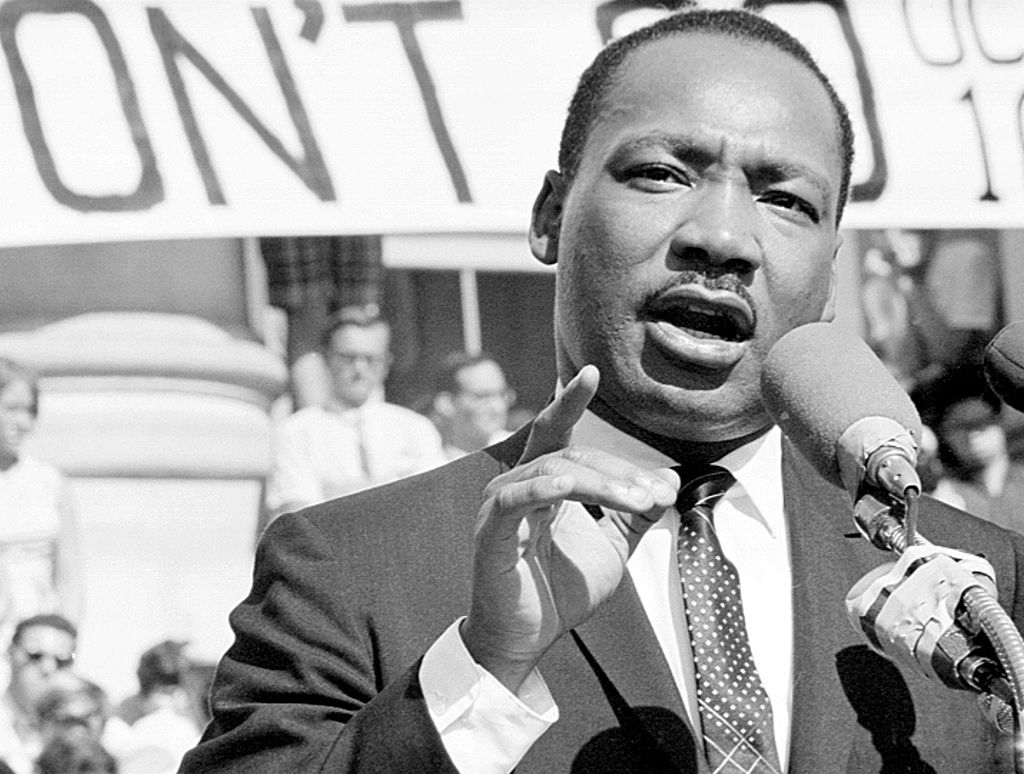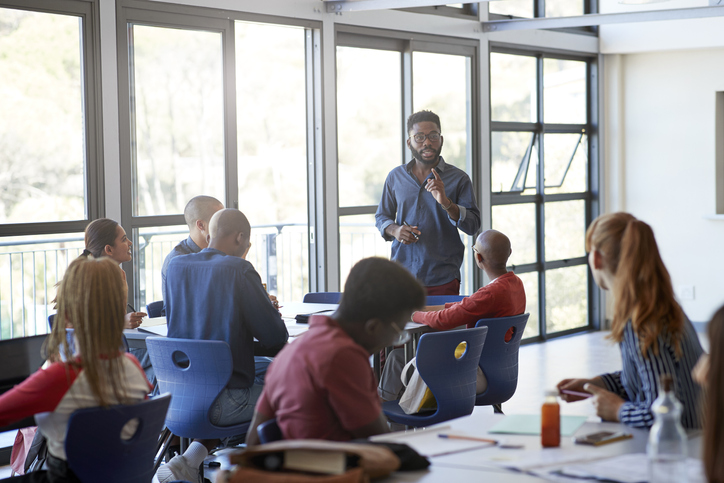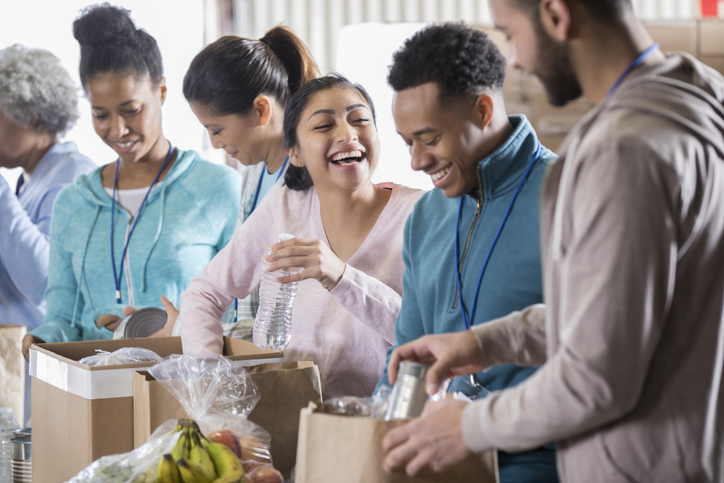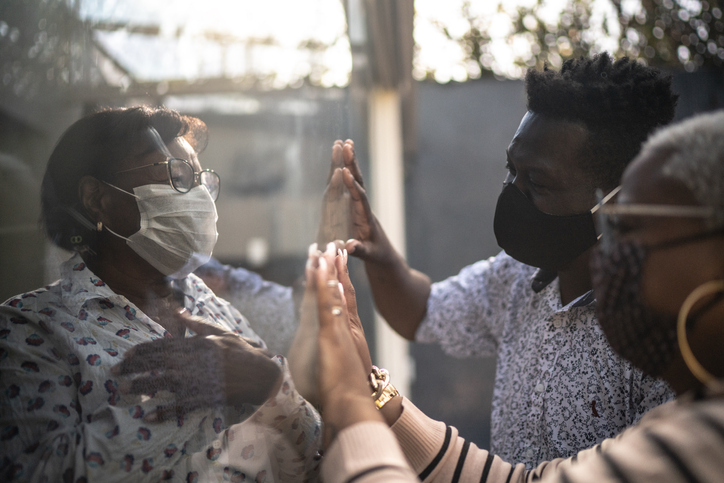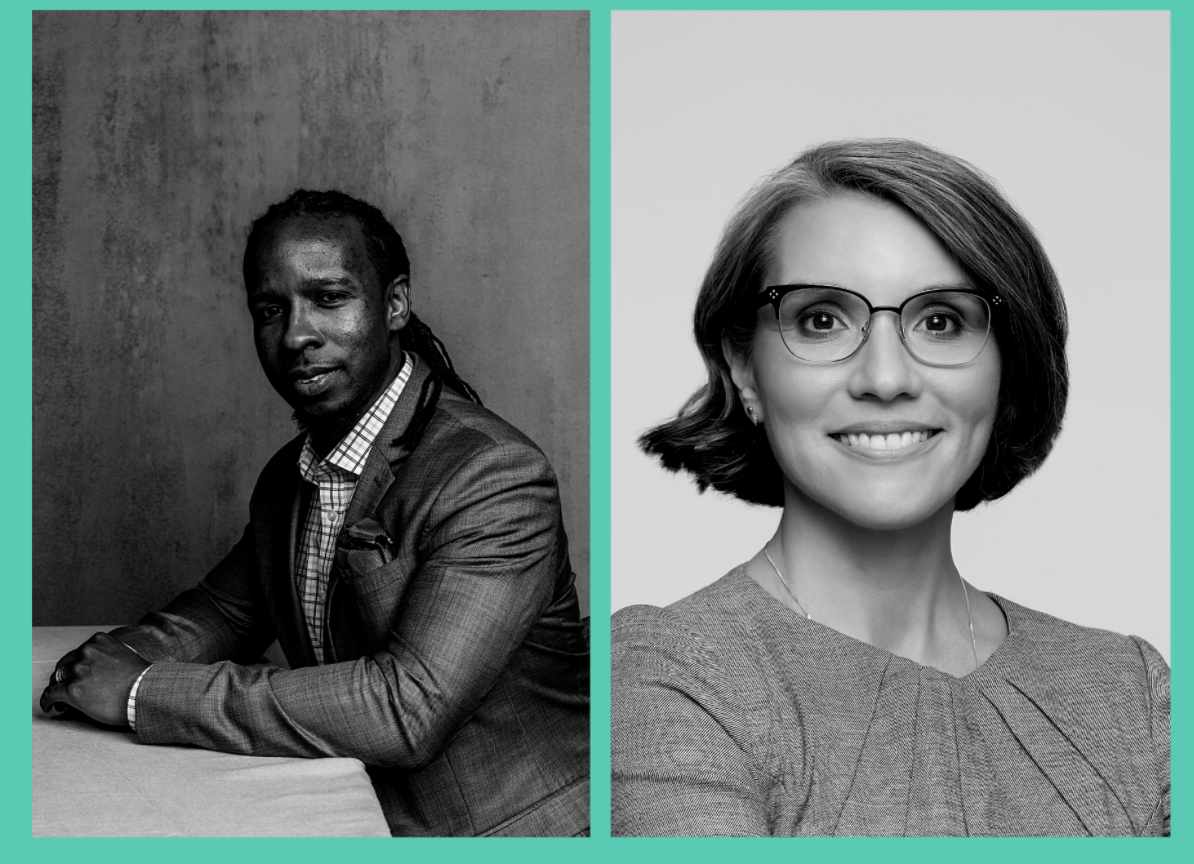For #BuildItBackBetter, NationSwell asked some of our nation’s most celebrated purpose-driven leaders how they’d build a society that is more equitable and resilient than the one we had before COVID-19. We have compiled and lightly edited their answers.
This article is part of the #BuildItBackBetter track “The Relational Era: Building a Culture of Connection, Bridging and Belonging” — presented in partnership with Einhorn Collaborative.
Let’s get the obvious question out of the way first: What’s up with that title? Since when does anybody need permission to feel? True, we all have feelings more or less continuously, every waking moment without ever asking or getting anyone’s approval. To stop feeling would be like to stop thinking, eating or breathing. Not possible.
Our emotions are a big part — maybe the biggest part — of what makes us human. And yet we go through life trying hard to pretend otherwise.
Too often we do our best to deny or hide our feelings—even from ourselves. Our mindsets about them get passed along to our children, who learn by watching and listening to us, their caregivers and teachers—their role models. Our kids receive the message loud and clear, so that before long, they, too, have learned to suppress even the most urgent messages from deep inside.
So we deny ourselves — and one another — permission to feel. We toughen up, squash it down and behave irrationally. We avoid the difficult conversation with a loved one; we explode at a colleague; and we go through an entire bag of chips and have no idea why. When we deny ourselves the permission to feel, a long list of unwanted outcomes ensues. We lose the ability to even perceive what we’re feeling — it’s like, without noticing, we go a little numb inside. When that happens, we’re unable to understand what’s happening in our lives that’s causing it. Because of that we’re unable to label it, so we can’t express it clearly, either, in ways the people around us would understand.
And when we can’t identify how we feel, it’s impossible for us to do anything productive about our feelings: to use them wisely — to accept and embrace them all. In order to build a culture of connection, bridging, and belonging – in our homes, schools, workplaces and communities – we must learn to make our emotions work for us, not against us.
I’ve spent the last 25 years trying to unpack these issues. Through academic research and plenty of real-life experience, especially in the world of education. I also have a personal interest in the bad things that happen when we deny ourselves permission to feel. Meaning I’ve been there, but thanks to a host of interventions and one special person, in particular, I made it out alive.
Only a few naturally insightful among us can claim to have these “emotion skills” without consciously pursuing them. I had to learn them. And these are real skills. People from all backgrounds with all personality types will find them accessible and even life-changing. And they can be acquired by anyone of almost any age.
These skills can be used privately, but their best application is throughout a community, so that a network emerges to reinforce its own influence. I have seen this happen—our whole-school approach to social and emotional learning, RULER, is being deployed in thousands of schools all over the world, with incredible results.
A number of years ago, I was training leaders in an underperforming school district. At lunch on the first day, I was standing in the buffet line next to a principal, and to make small talk, I asked him, “So, what do you think about the session so far?” He looked me in the eye, then looked down at the food and said, “The desserts look pretty good.”
I realized at that moment what I was up against. I’m used to resistance, but his response hit hard. I decided at that moment that I had to reach him. His superintendent was fully on board, but it was clear that we would succeed in this district only if the other 100 leaders were also believers.
At the end of a couple of days of intensive teaching, I took a risk and said to the principal, “The other day, when we met, you weren’t so sure this course was going to work for you. I’m curious, now that you’ve spent two days learning about your own emotional intelligence and how to implement the skills in your school, what do you think?” He stood up, looked around the room at his colleagues, turned and looked at me, and, honest, he started to cry. He said, “I didn’t know what I didn’t know. Thank you for giving me the permission to feel.”
Let’s begin there.
Marc Brackett, Ph.D., is the Founder and Director of the Yale Center for Emotional Intelligence and a Professor in the Child Study Center of Yale University. He’s also the author of “Permission To Feel: The Power of Emotional Intelligence to Achieve Well-being and Success.”

